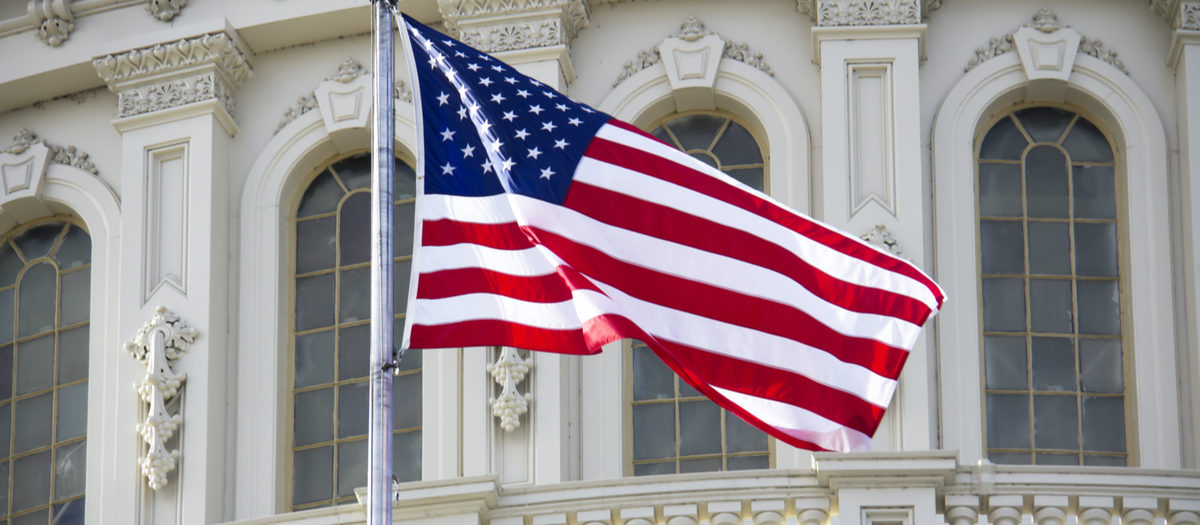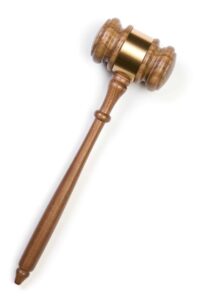
Prior Inconsistent Statement in D.C.
According to D.C. Code § 14-102(b)(1), a statement is not hearsay if (1)the declarant testifies at trial and is subject to cross-examination concerning the statement and (2) the statement is inconsistent with the declarant’s testimony and was given under oath subject to the penalty of perjury at a trial, hearing, or other proceeding, or in a deposition. See also D.C. Criminal Jury Instruction 2.216 (Evaluation of Prior Inconsistent Statement of a Witness).
The federal analog to this rule in D.C. is Federal Rule of Evidence 801(d)(1)(A).
 A statement introduced under this exception to the hearsay rule is considered “substantive evidence.” That is, it can be considered as affirmative proof of the matter asserted.
A statement introduced under this exception to the hearsay rule is considered “substantive evidence.” That is, it can be considered as affirmative proof of the matter asserted.
Prior inconsistent statements can also be used for simple impeachment. (Impeachment is the act of discrediting a witness, as by catching the witness in a lie or by demonstrating that the witness has been convicted of a criminal offense.).
In cases of simple impeachment, however, the prior statement can only be used to attack the credibility of the witness. It cannot be used as affirmative proof of the statement’s contents.
In either case, the party seeking to introduce a prior inconsistent statement must confront the declaring party before introducing it. This gives the declaring party an opportunity to explain it.
Specifically, the cross-examiner must direct the witness’ attention to the time, place and circumstances of the prior inconsistent statement and afford the witness the opportunity to explain the inconsistency. This is known as the “Rule in Queen Caroline’s Case” from an old case in Great Britain.
Substantive Use of Prior Inconsistent Statement
In Lewis v. United States, the government confronted the complainant with his conflicting testimony before the grand jury when he testified at trial that he could remember having recognized the two robbers.
The D.C. Court of Appeals found that the complainant’s grand jury testimony was admissible as non-hearsay because (1) the complainant was subject to cross-examination at trial and (2) his prior inconsistent statement to the grand jury was made under oath subject to penalty of perjury. Lewis v. United States, 996 A.2d 824 (D.C. 2010).
A prior inconsistent statement not made under oath but adopted by the witness during his/her trial testimony also qualifies for use as substantive evidence. Byers v. United States, 649 A.2d 279, 284 (D.C. 1979).
A witness’ claimed lack of memory regarding the relevant events, whether real or feigned, is deemed “inconsistent” when the witness has given prior testimony regarding the events. Diggs v. United States, 28 A.3d 585, 594 (D.C. 2011); Mercer v. United States, 864 A.2d 110, 113-14 (D.C. 2004).
Non-Substantive Use of Prior Inconsistent Statements
If a prior inconsistent statement is not under oath, is not an identification, and has not been adopted by the witness, it may only be used to evaluate/discredit the witness’ in-court testimony and may not be used as substantive evidence. See Carter v. United States, 614 A.2d 542, 545 (D.C. 1992).
Completing the Impeachment for Prior Inconsistent Statements
The impeached witness can complete the impeachment by acknowledging the prior statement.
If not, a witness who overheard the statement or overheard and recorded the statement may be called to complete the impeachment.
If the prior statement is recorded testimony, it may be introduced through a court reporter or stipulation or it may qualify a. business record.
Other Rules with Respect to Prior Inconsistent Statements
A party may impeach its own witness and do so without the necessity of showing surprise. D.C. Code § 14-102(a).
A party cannot call a witness primarily to impeach. See, e.g., United States v. Hogan, 763 F.2d 697, 702 (5th Cir. 1985).
A party is permitted to elicit a witness’ prior inconsistent statements on direct examination to “take the sting out” of cross-examination. Reed v. United States, 452 A.2d 1173, 1179 (D.C. 1982).
A party cannot confront one witness with another witness’ statement. Freeman v. United States, 495 A.2D 1183, 1187 (D.C. 1985).
When the criminal defendant is the witness, and the prior inconsistency is by omission or silence after arrest, the omission must be material and have occurred under circumstances in which it would have been natural for the defendant to have mentioned the item. Henderson v. United States, 632 A.2d 419, 434 (D.C. 1993).
